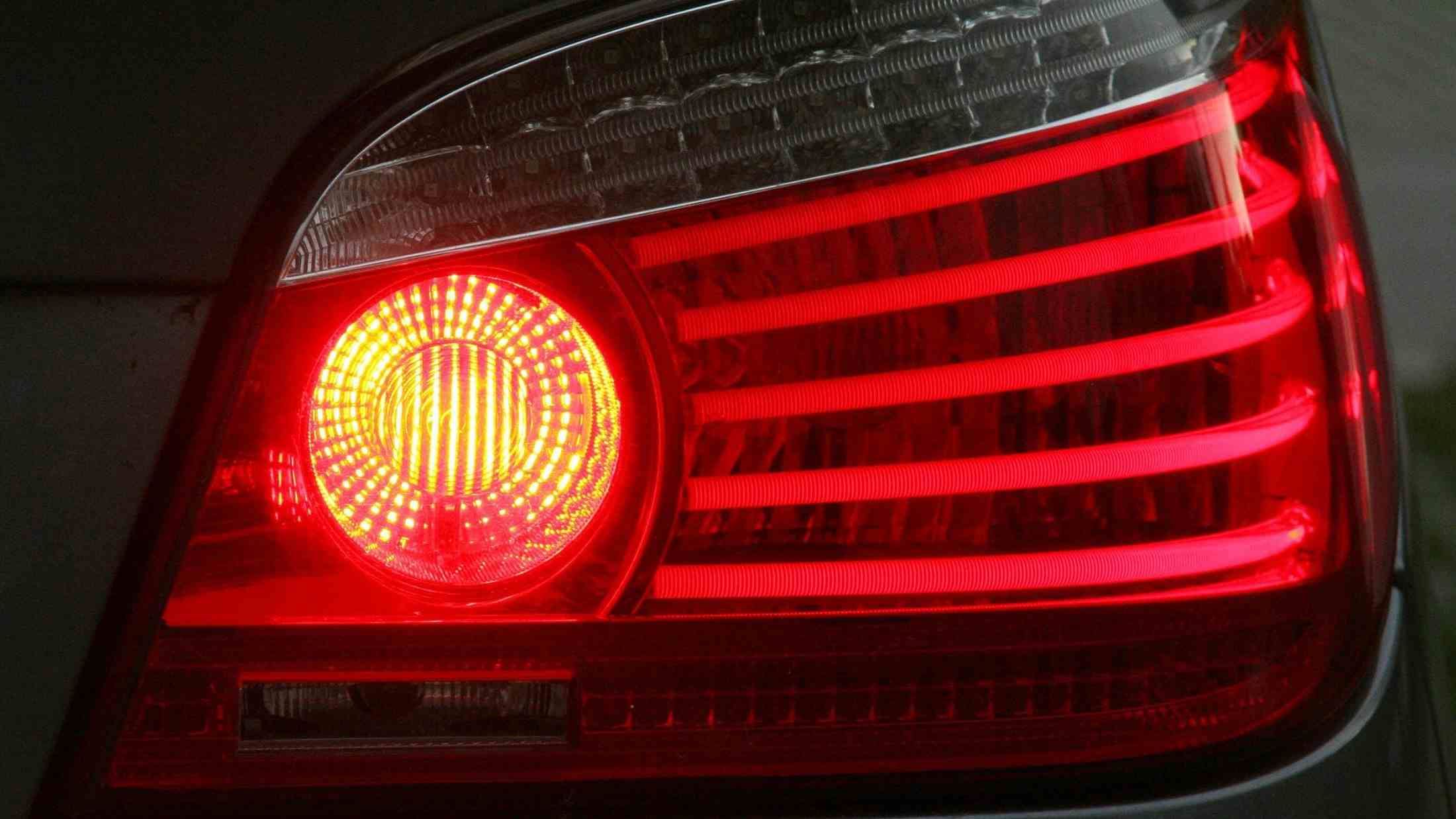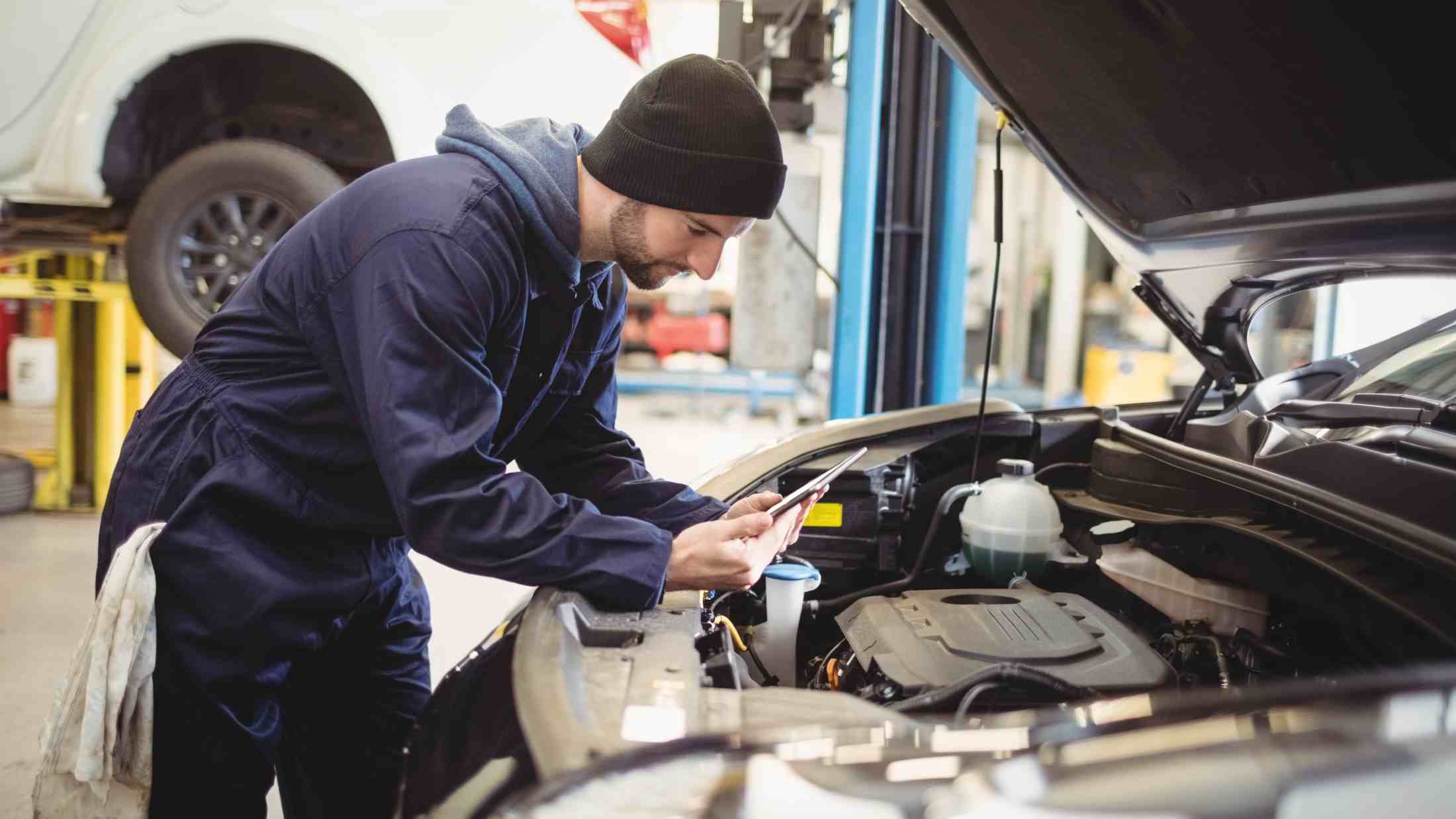The innovations in car safety have been numerous over the decades, and have no doubt saved millions of lives on the road. An average modern family car is fitted with all manner of safety features, including airbags, crumple zones, and safety belts. One such innovation is the anti-lock braking system, or ABS.
What are anti-lock brakes?
A car travelling at speed carries a lot of momentum, meaning that bringing it to a safe stop can be tricky. When you put your foot on the brake pedal, you activate pads that close on a disc mounted to each wheel of the car. Normal, gentle braking allows the pads to bring the car to a safe stop.
However, what happens if you are driving at speed, and you need to make an emergency stop? The obvious reaction is to apply the brake very quickly, but this puts the car’s wheels at risk of locking up. When a wheel locks, it stops turning and the car goes into a dangerous skid. This increases the overall stopping distance of the vehicle and gives the driver less steering control. The deadly conditions resulting from emergency stops are why ABS was developed in the first place.
How does ABS work?
ABS prevents all of the brake’s pressure being applied at once. It also ensures - through a speed regulator - that all four wheels are travelling at the same speed, turning at the same speed, and are slowing down simultaneously. When the ABS is activated, the brakes will apply and release very quickly (as many as 20 times a second) to ensure the car slows quickly and safely while still giving the driver the ability to steer.
Frequently asked questions on ABS
When was ABS invented?
Anti-lock braking systems have been around for longer than people might expect, as the problem was first recognised in the railway industry, with various anti-slip systems being employed from as early as 1908. Modern systems started to take off after the French aviation engineer Gabriel Voisin created a system that was used in aircraft landing gear from 1920. Modern ABS as we know it in cars was developed by Chrysler in the early 1970s, and was quickly adopted by the likes of Mercedes Benz, Nissan, Honda and General Motors.
Does my car have ABS?
While cars have been fitted with ABS since the 1960s, they were not made compulsory in the UK until 2004. If your car was built after then, it will have ABS as a matter of law. You can feel the system working yourself when you push the brake pedal down suddenly and feel a juddering as the car slows. This is the feeling of the brakes quickly applying and releasing simultaneously across all four wheels to prevent a skid.
Using Anti-Lock brakes in winter
ABS will help you to come to a safe stop if you skid whilst driving in icy conditions. The brakes automatically pump on and off, bringing the car to a safe stop. If, however, you’re driving on snow, the rules change slightly. Skidding in the snow is best resolved by applying the brakes gently, as ABS isn’t as effective in snow and the car’s braking distance will be reduced by gently applying the brake instead of quickly engaging ABS. The best precaution you can take is to brake slowly in snowy conditions, and ensure that you have the correct, seasonal tyres.
How to check if my ABS is broken?
As we have seen, anti-lock brakes are a very important safety feature, so you need to ensure that they’re in working order.
Look out for these warning signs that your ABS isn’t functioning properly:
- ABS warning light
It’s the obvious place to start, but if you see the ABS warning light appear on your car’s dashboard, then an immediate trip to the mechanic is required. Your car’s management computer has identified some fault, so getting it sorted should be a matter of priority. - Brake pedal responsiveness
This change can happen gradually, so it’s important you have an awareness of how responsive your brake pedal is. If you find that you have to push your foot right down on the pedal for the brakes to start engaging, this suggests wear and tear. You may also notice this wear and tear if you hear a grinding or grating noise when you brake. You might need new brake pads, or there could be an issue with the braking system itself. - Brakes locking up
An obvious indicator that your ABS is not doing its job is the brakes locking when applied heavily. If your car is prone to skidding under heavy braking, then it’s time to ask your mechanic to check things over.
Innovations in car safety have saved countless lives, and ABS is just a small part of that puzzle. We’ll continue to see new, cutting-edge advancements in road safety over the decades to come, but having car insurance is a necessity, regardless of what’s around the corner.












